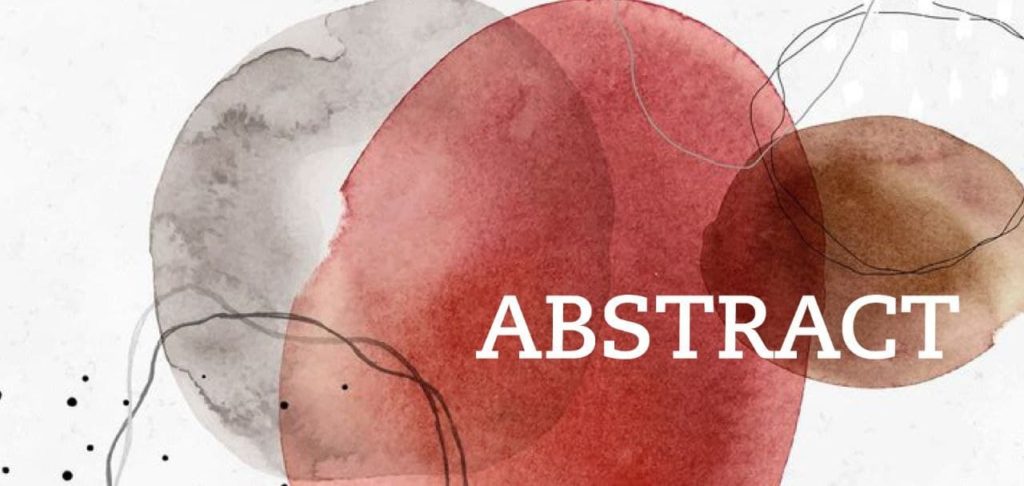Long-term olfactory dysfunction after single-nostril endoscopic transnasal transsphenoidal pituitary adenoma surgery
Lang Zeng 1, Sheng Han 2, Anhua Wu 3Affiliations expand
- PMID: 33317727
- DOI: 10.1016/j.jocn.2020.07.065
Abstract
Background: Over the past decade, the endoscopic transnasal transsphenoidal approach for pituitary adenomas has been widely adopted among neurosurgeons. However, olfactory disturbances have been observed after this procedure, and few studies on long-term (>6 mo) olfactory disturbance after endoscopic transnasal transsphenoidal pituitary adenoma surgery have been conducted. Although we perform minimally invasive endoscopic surgery, some patients continue to experience hyposmia, with some even experience long-term hyposmia. This impairment results in a considerable loss in quality of life. We present a series of patients who underwent minimally invasive single-nostril TSS for pituitary adenoma, including evaluation of their olfactory function. We further investigated the related risk factors for long-term olfactory dysfunction.
Methods: One hundred sixty-one consecutive patients who met the study criteria underwent the single-nostril endoscopic transsphenoidal approach by the senior author. The Smell Diskettes Olfaction Test was used to evaluate olfactory function.
Results: Postoperative olfactory disturbance in patients treated with endoscopic transnasal TSS is frequent. Of the study population, 67.1% of the patients were hyposmic or anosmic and 14.9% had long-term olfactory dysfunction. We also performed multivariate logistic regression analysis to compare the characteristics of patients with long-term olfactory dysfunction. Nasal symptoms (odds ratio [OR], 6.77) and smoking (OR, 14.77) were associated with long-term olfactory dysfunction after transnasal TSS.
Conclusions: Significant disturbances in olfactory performance occur after single-nostril transnasal TSS for pituitary adenoma. Furthermore, preoperative nasal disease and smoking appear to be risk factors for long-term olfactory dysfunction. Physicians should address clinical findings related to olfactory function and provide appropriate care.
Keywords: Olfactory disturbance; Pituitary adenoma; Risk factor; Transsphenoidal.
https://pubmed.ncbi.nlm.nih.gov/33317727/
Similar articles
- Olfactory improvement in acromegaly after transnasal transsphenoidal surgery.Actor B, Sarnthein J, Prömmel P, Holzmann D, Bernays RL.Neurosurg Focus. 2010 Oct;29(4):E10. doi: 10.3171/2010.7.FOCUS10162.PMID: 20887120
- One-and-a-half nostril endoscopic transsphenoidal approach for pituitary adenomas-a technical report.Wen G, Tang C, Zhong C, Li J, Cong Z, Zhou Y, Liu K, Zhang Y, Tohti M, Ma C.J Otolaryngol Head Neck Surg. 2016 Nov 15;45(1):60. doi: 10.1186/s40463-016-0174-y.PMID: 27846864 Free PMC article.
- Olfactory functions after transsphenoidal pituitary surgery: endoscopic versus microscopic approach.Kahilogullari G, Beton S, Al-Beyati ES, Kantarcioglu O, Bozkurt M, Kantarcioglu E, Comert A, Unlu MA, Meco C.Laryngoscope. 2013 Sep;123(9):2112-9. doi: 10.1002/lary.24037. Epub 2013 Jul 8.PMID: 23835915
- Olfactory function in patients after transsphenoidal surgery for pituitary adenomas-a short review.Majovsky M, Astl J, Kovar D, Masopust V, Benes V, Netuka D.Neurosurg Rev. 2019 Jun;42(2):395-401. doi: 10.1007/s10143-018-1034-1. Epub 2018 Oct 1.PMID: 30276575 Review.
- Endoscopic endonasal transsphenoidal surgery in elderly patients with pituitary adenomas.Gondim JA, Almeida JP, de Albuquerque LA, Gomes E, Schops M, Mota JI.J Neurosurg. 2015 Jul;123(1):31-8. doi: 10.3171/2014.10.JNS14372. Epub 2015 Apr 3.PMID: 25839926 Review.

